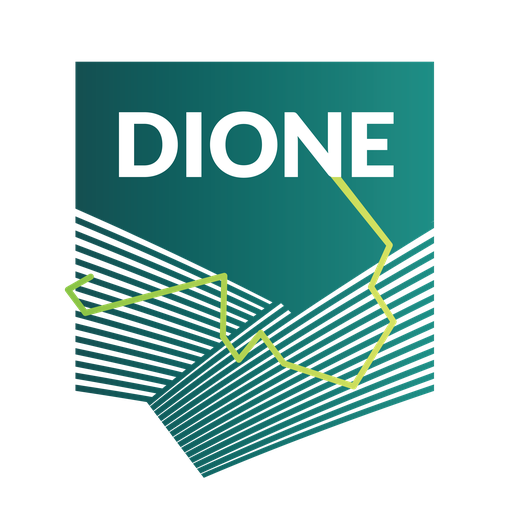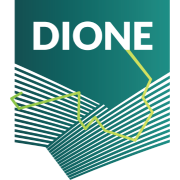Antonio is an official at the Ministry of agriculture. He works on commissioning and management of all evaluation activities before, during and after the Rural Development Programme (RDP) lifecycle. Every year, a part of his job is drafting and submission of the Annual Implementation reports. For his work, he needs farm level microdata, especially regarding environmental characteristics of the farms, both for the beneficiaries and the non-beneficiaries of the Programme. However, the data is of a very limited availability. This creates major difficulties in constructing a counterfactual analysis or calibrating computational models that would allow a sound assessment of the net effects of the RDP.
1Scenario #1
Antonio receives automatically imported the following DIONE products into his software:
● Crop type map- He needs the data of crop types at the end of the year to compare beneficiaries and non-beneficiaries with similar characteristics and assess the net effect of interventions. He uses the information to feed computational models for water use and water quality.
● Mowing/harvest/ploughing marker map - He needs the data at the end of the year to compare beneficiaries and non-beneficiaries with similar characteristics and assess the net effect of interventions. He uses the information to feed computational models estimating erosion and/or organic content.
● Non-productive EFA types map - Antonio needs the data to be produced annually. He expects that EFAs will be incorporated in the Good Agricultural and Environmental Conditions (GAEC) after the new CAP is in effect.
● Permanent pastures map - Antonio needs the data to be produced annually.
● Continuous soil property maps - He will use it as the basis for computational models assessing erosion and/or organic content.
2Scenario #2
Antonio logs in to DIONE environmental performance tool. In the dashboard, he filters the farmers who are beneficiaries of RDP. He triggers computation of statistics to compare environmental performance indicators of the farms-beneficiaries of RDP with non-beneficiaries to access the net effects of RDP interventions.

